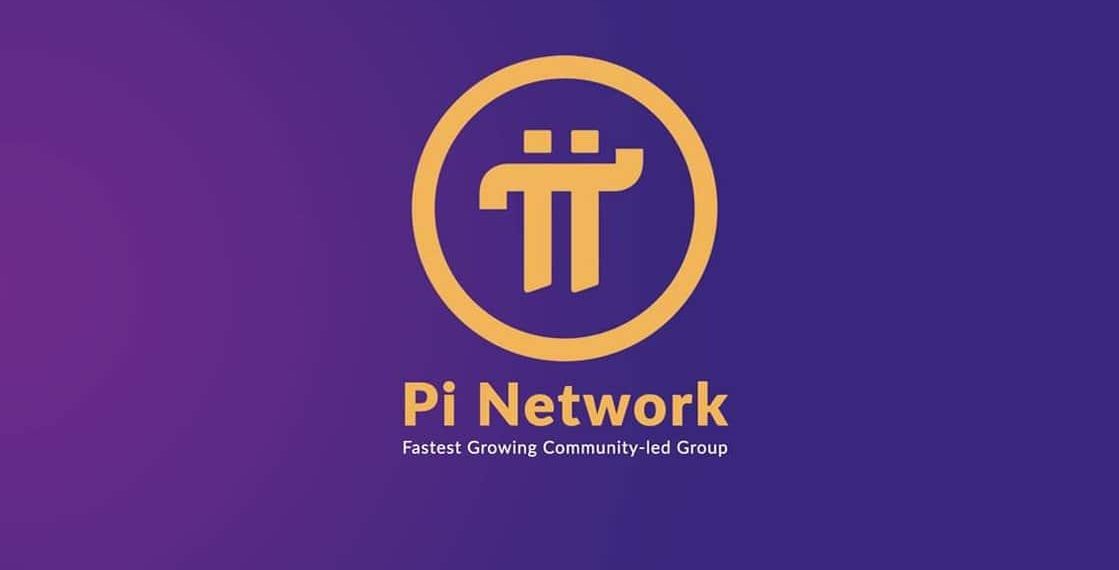Pi Network: Revolutionizing Cryptocurrency with Mobile Mining in 2025
The cryptocurrency world is buzzing with innovation, and Pi Network stands out as a unique player. Launched in 2019 by Stanford graduates, Pi Network aims to make digital currency accessible to everyone through mobile mining. Unlike Bitcoin’s energy-intensive process, Pi Network allows users to mine Pi coins using just a smartphone. As of 2025, with its mainnet launch approaching, Pi Network is gaining traction among crypto enthusiasts. This article explores what Pi Network is, how it works, its benefits, challenges, and its potential to reshape the future of cryptocurrency.
What Is Pi Network ?
Pi Network is a blockchain-based project designed to democratize cryptocurrency. Founded by Dr. Nicolas Kokkalis and his team, it introduced a novel concept: mining cryptocurrency on mobile devices without draining battery or requiring expensive hardware. The native token, Pi coin, powers a peer-to-peer ecosystem where users can transact, trade, or spend their earnings. By March 2025, Pi Network boasts millions of users—known as Pioneers—actively building its community-driven platform.
How Does Pi Network Work ?
Unlike traditional cryptocurrencies that rely on proof-of-work (PoW) systems, Pi Network uses the Stellar Consensus Protocol (SCP). This energy-efficient mechanism ensures security and decentralization without heavy computational power. Here’s how it operates:
- Mobile Mining: Users download the Pi Network app and press a button daily to “mine” Pi coins. This process doesn’t consume device resources—it’s more about participation than computation.
- Security Circles: Pioneers create trust networks by inviting 3-5 contacts, forming a global “trust graph” that validates transactions.
- Roles in the Ecosystem: Users can be Pioneers (miners), Ambassadors (recruiters), Contributors (trust circle builders), or Node Operators (blockchain validators).
Since its enclosed mainnet launch in December 2021, Pi Network has been transitioning to an open network, set for full rollout in 2025, allowing unrestricted trading and external connectivity.
Key Features of Pi Network
Pi Network’s appeal lies in its simplicity and inclusivity. Here are its standout features:
- Accessibility: No need for costly mining rigs—anyone with a smartphone can join.
- Low Energy Use: SCP eliminates the environmental concerns tied to Bitcoin mining.
- Community-Driven: With over 35 million Pioneers by 2025, the network thrives on user engagement.
- Ecosystem Growth: Pi coins power a growing Web3 app ecosystem for payments, dApps, and services.
These elements make Pi Network a fresh alternative in the crowded cryptocurrency space.
Benefits of Pi Network
Why is Pi Network gaining popularity in 2025 ? Its advantages include:
- Inclusivity: It lowers the entry barrier, bringing cryptocurrency to everyday people, not just tech experts.
- Free Mining: Users earn Pi coins without upfront costs, unlike other crypto projects.
- Scalability: The SCP ensures fast, secure transactions as the network grows.
- Future Potential: With plans for marketplaces and dApps, Pi could become a versatile digital currency.
For those in developing regions, Pi Network offers a chance to participate in the crypto economy without financial hurdles.
Challenges Facing Pi Network
Despite its promise, Pi Network faces hurdles. Critics question its legitimacy, with some labeling it a pyramid scheme due to its referral-based growth. Regulatory uncertainty also looms—governments worldwide are tightening crypto rules, which could impact Pi’s rollout. Additionally, the value of Pi coin remains speculative until the open mainnet launch, as it’s not yet tradable on major exchanges. Data privacy concerns have surfaced too, with unverified claims of leaks in regions like Vietnam.
Pi Network’s Mainnet Launch in 2025
- Unlock over 562 million of its 100 billion token supply.
- Enable peer-to-peer transfers and external trading.
- Expand its ecosystem with real-world utilities.
Analysts predict an initial trading price between $30-$50, fueled by demand and potential exchange listings. However, success hinges on adoption and regulatory approval.
How to Join Pi Network
Getting started with Pi Network is easy:
- Download the official Pi Network app from Google Play or the App Store.
- Sign up using an existing invitation code from Pioneer. (Enter haoxaomitom01 to speed up PI mining in the future)
- Start mining by checking in daily and building your trust circle.
It’s free to join, but users should stay cautious of scams claiming to sell Pi coins outside the app—official transactions occur only within the platform.
The Future of Pi Network
Pi Network’s vision is bold: to create the world’s most inclusive cryptocurrency ecosystem. By 2030, it could power a thriving Web3 economy if it overcomes current challenges. Future developments might include:
- Integration with e-commerce platforms.
- Enhanced dApps for education, gaming, or finance.
- Partnerships with businesses accepting Pi coins.
Its success will depend on community trust, technological stability, and navigating the volatile crypto market.
Why Pi Network Matters in 2025
In a world where cryptocurrency often feels exclusive, Pi Network breaks the mold. Its mobile-first approach and focus on accessibility align with the growing demand for decentralized finance (DeFi). While risks remain, its innovative model offers a glimpse into a more equitable digital economy. For Pioneers, it’s a chance to be early adopters in a project that could rival giants like Bitcoin or Ethereum.
Conclusion
Pi Network is redefining cryptocurrency with its mobile mining revolution. As it gears up for its 2025 open mainnet launch, the project blends accessibility, innovation, and community power. While challenges like regulation and credibility persist, Pi Network’s potential to transform how we use digital currency is undeniable. Ready to explore this crypto frontier ? Download the app, join the Pioneers, and witness the future of Pi Network unfold.












Comments
Post a Comment
Your comment will be moderated before appearing in this article. Thank you for your comment.